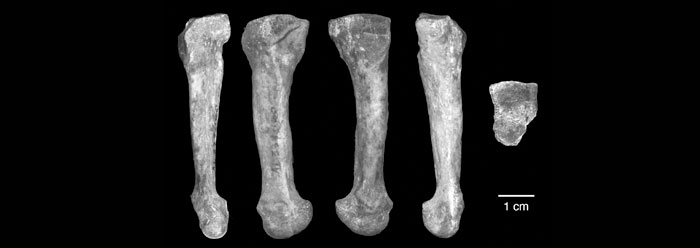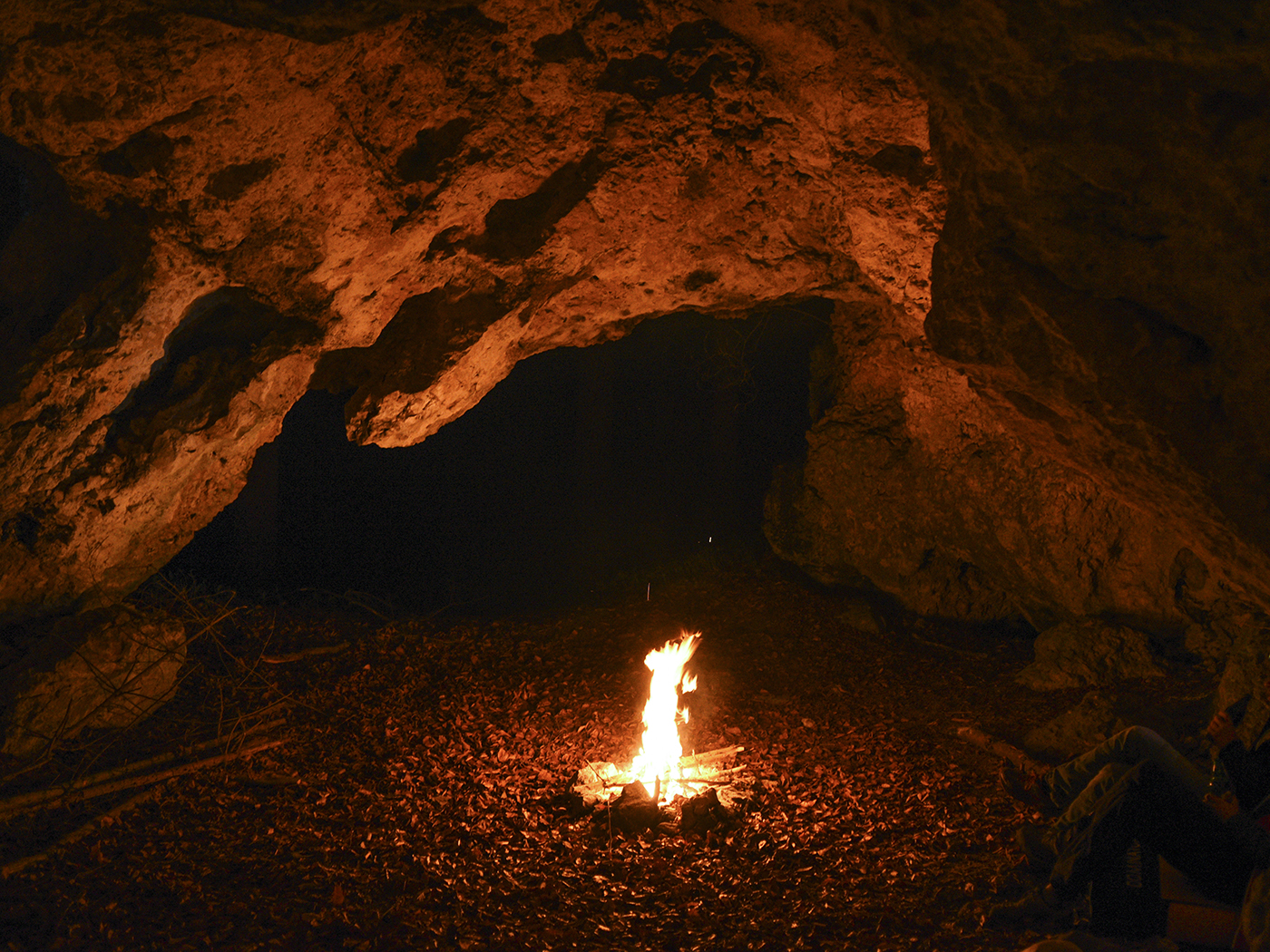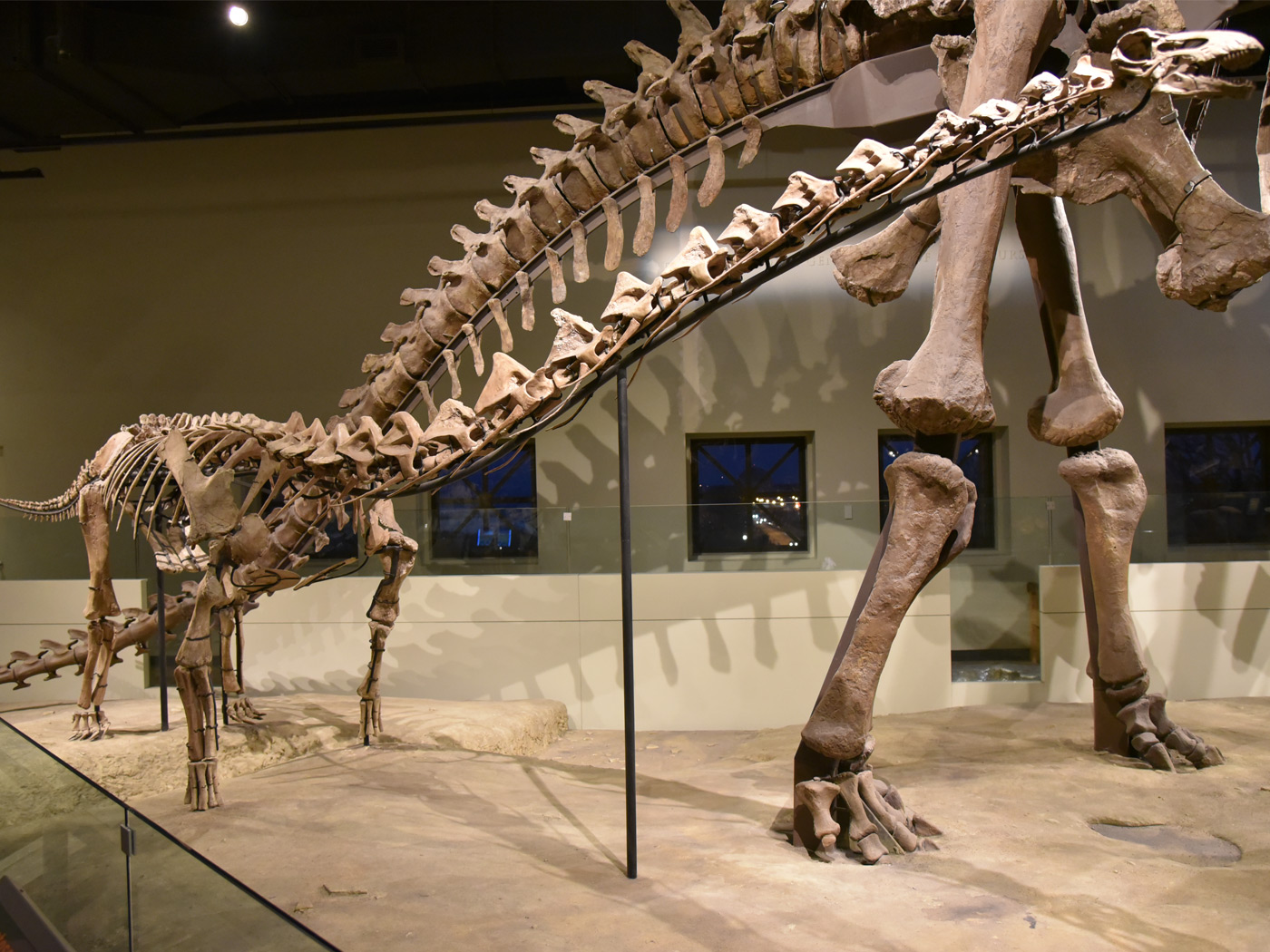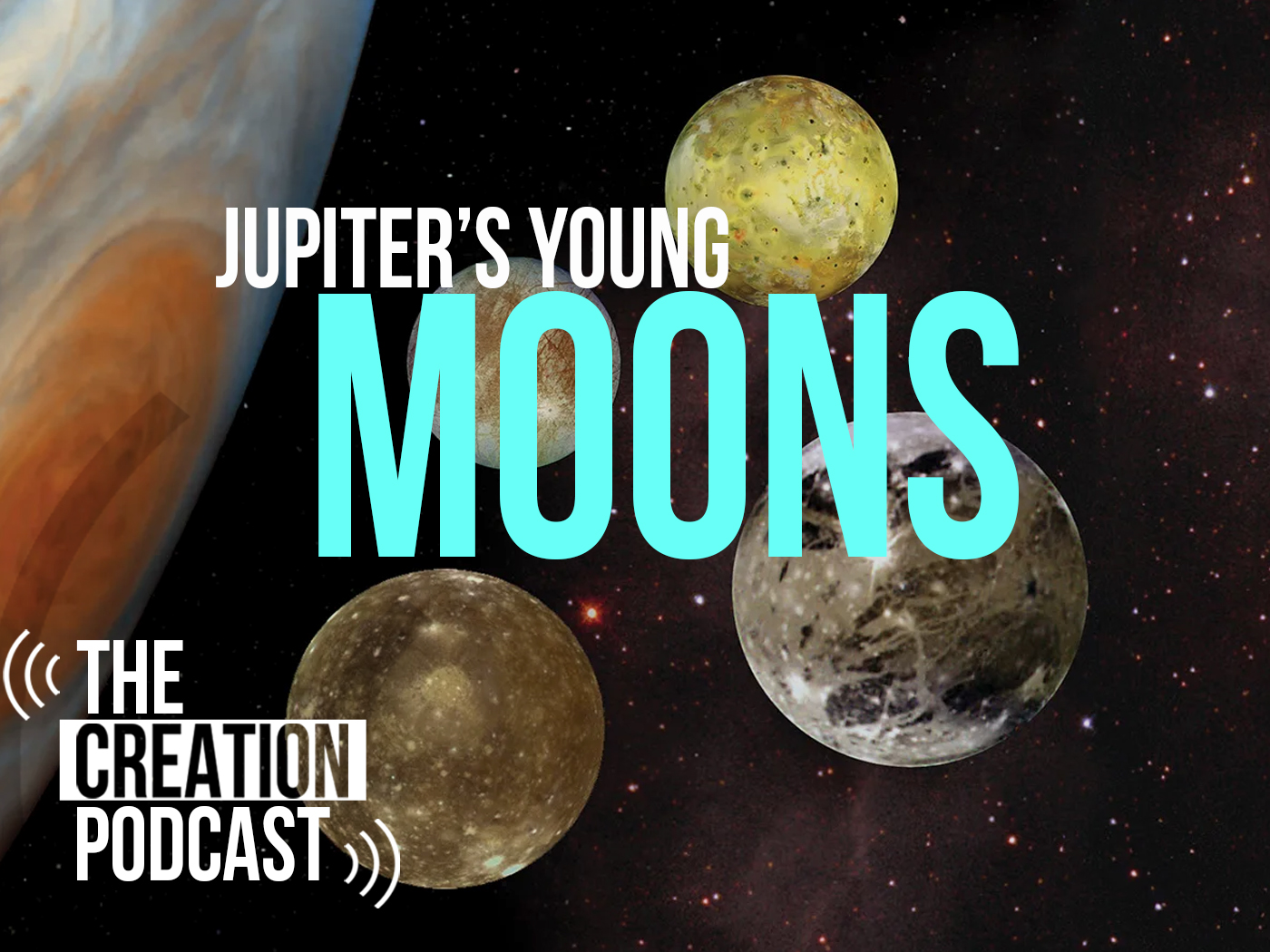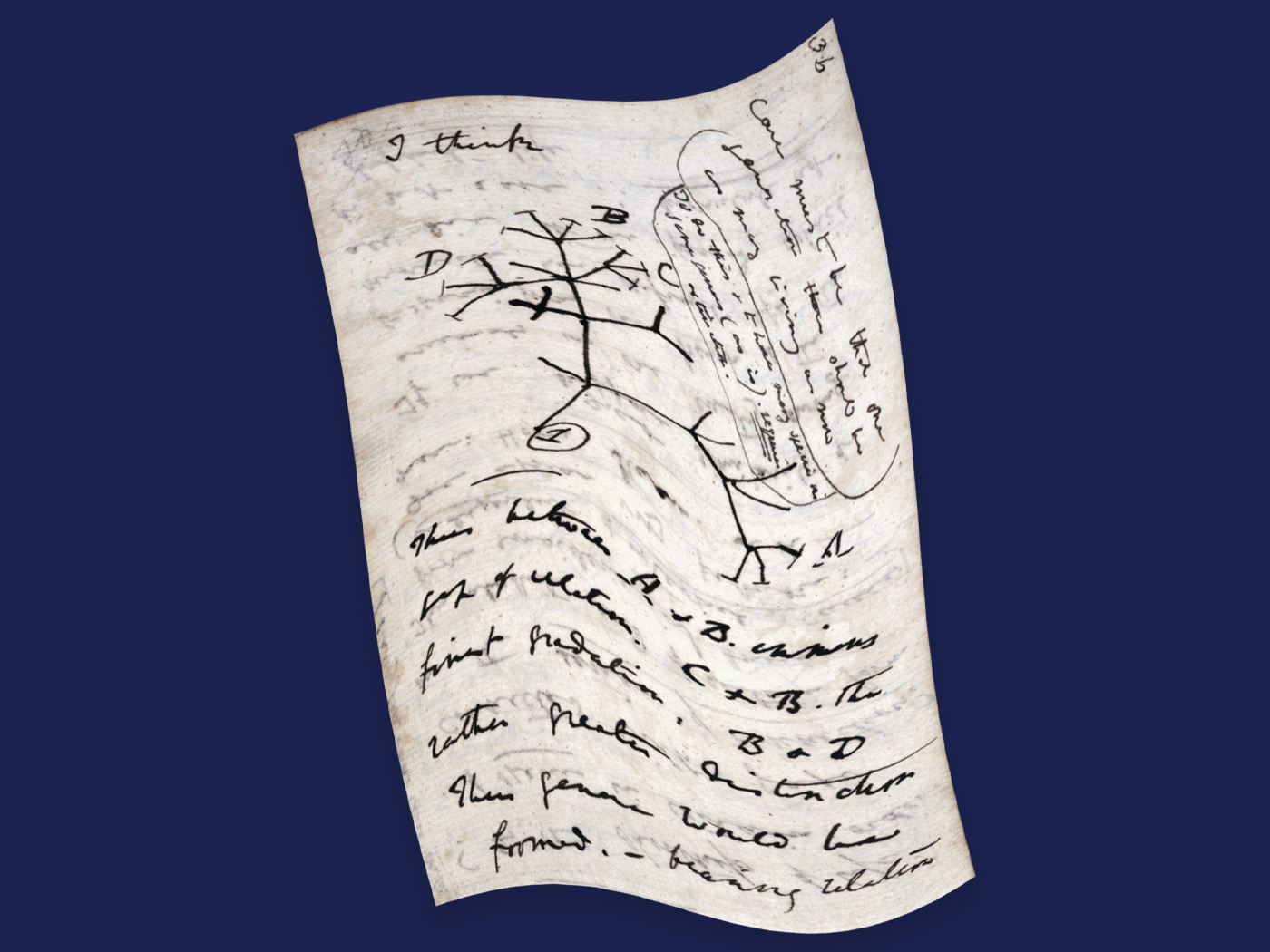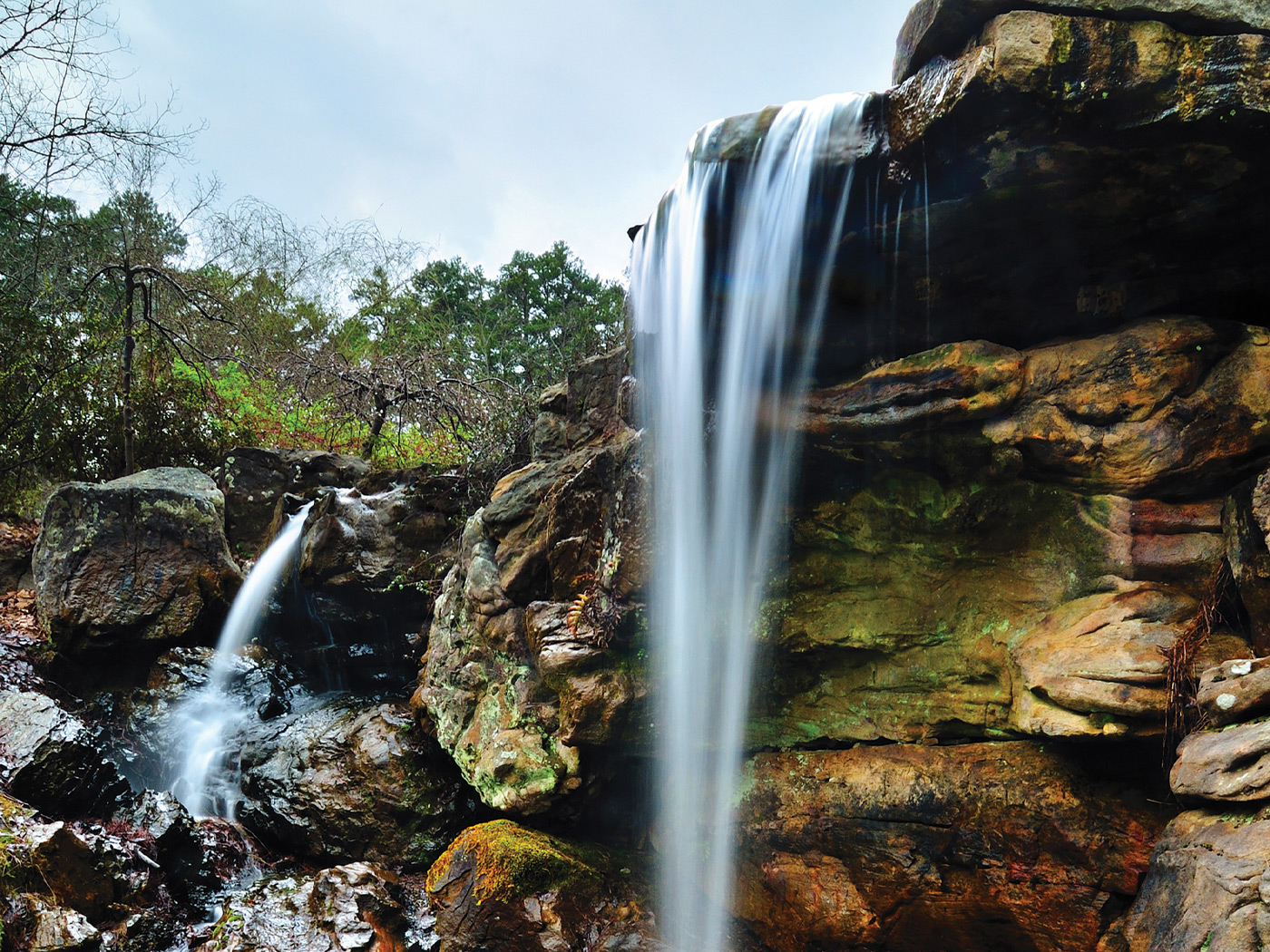For years, museum displays have featured the small extinct ape Australopithecus afarensis. The first specimen, discovered in 1974 and nicknamed "Lucy," was presented as having clearly human eyes, feet, and posture. The feet and posture, however, can only be verified by relevant fossilized structures. So far, no 100 percent complete Lucy fossil has been discovered, so the absence of evidence has provided rich ground for speculation.
For every evolutionary biologist who imagines Lucy as an upright walker, there is another who interprets the evidence, such as it is, to mean that Lucy was instead well-suited for life in trees. Now, three researchers have described what they identify as an Australopithecus afarensis (Lucy-like) foot bone that has convinced them that Lucy had an essentially human manner of walking.
In an interview with CBC radio, lead author Carol Ward said, "Lucy's foot would have been just like yours or mine."1 But what if the bone was actually from a human and not from Lucy at all? Since it was not attached to any other bones, this is a strong possibility. Also, her assertion contradicts other Lucy finds showing that its "big toe" projected sideways, like a thumb.
Other Australopith fossil discoveries showed that Lucy's small size, shoulders, inner ears, hands, and toes made her well-suited for a life swinging from tree branches, as are many modern apes. How can this information be reconciled with the assertion that Lucy walked like a human?2
A University of Missouri press release stated, "Researchers at the University of Missouri and Arizona State University have found proof that arches existed in a predecessor to the human species that lived more than 3 million years ago."3 Similarly, a FOX News headline read, "Ancient Foot Bone Proves Prehuman Lucy Walked Tall."4 Does this newly discovered bone actually prove how Lucy walked? What can an isolated bone really prove?
The bone in question looks just like a human metatarsal. Metatarsals form a bridge from the heel bones out to the toes, spanning the arch across the middle of the foot. The researchers identified it as the metatarsal that bridges to the fourth toe, counting over from the big toe.
A simple diagram published in the journal Science in the related study compared this newly discovered bone, named AL 333-160, to those of modern humans and apes.5 It clearly shows that the foot bone is within the range of modern humans, does not match any ape metatarsals, and for that matter shows no hint of being ape-like.
This bone simply looks like a human bone. So, why has it not been straightforwardly identified as human?
The study authors wrote, "We assign AL 333-160 to A. afarensis, the only hominin species in an assemblage of [more than] 370 hominin specimens so far recovered from the Hadar Formation."5 The evolutionary term "hominin" includes apes, humans, and any imaginary human-like apes.
But this reasoning is flawed. The researchers noted that no modern human bones have yet been found in this deposit, but they seemingly assume that no human bones even could be there. Asserting that no human bones have been found is an entirely self-serving first premise! What if human bones have been found, but were misidentified? AL 333-160 could actually be a human foot bone. If so, then it directly contradicts the very assertion on which their argument rests.
The study authors demonstrated more of their bias by asserting that another extinct ape of recent fame, Ardipithecus ramidus, walked like modern humans despite its "hands for feet" that would have been ideal for grasping tree branches. They also ignored the skepticism of other scientists regarding whether Ardipithecus' hip structure was similar to that of humans.6
So, this newly described foot bone has not proven that Lucy walked upright, since definitive proof would require a live Lucy walking, which is not likely.
The next best evidence would be to find more complete foot bones actually connected to an Australopith skeleton. Perhaps the third best indicator of Lucy's walking stance would be a reconstruction of whatever bones it did have, alongside other relevant evidence. Is an apparently human foot bone singled out from a scrap heap of "greater than 370" bones really the best evidence for an extinct upright-walking ape?5
Other Lucy-like remains show that their creatures were like chimpanzees and able to grasp tree branches. Duane Gish wrote about this for the Institute for Creation Research in 1987.
All of the species of Australopithecus and Homo habilis had long curved fingers and long curved toes. Creatures with such anatomical features use them for only one purpose…swinging from branch to branch in the trees. So much for the supposed human-like upright locomotion of Homo habilis and Australopithecus, including "Lucy."7
Since then, Lucy-like specimens have been found that indicated their owners had flat ape feet, not arched feet as this Science report and its attendant news articles claimed.8 This was not mentioned in the Science paper.
The recent discovery that human tool marks were found on bones dated to the Lucy era means that human and Lucy-like remains might be expected to be found together if they shared a common habitat.9 Also, the discovery of Lucy-like remains dated as more recent than those of the supposed first humans ruled out Lucy as a "prehuman" candidate.10
Legitimate Australopith fossils…or what is known about them…show that these creatures were well-suited to swing from tree branches. They had none of the host of skeletal features, including hip, spine, femur, and foot bone arrangements, that produce the uniquely human gait.11 Thus, if the AL 333-160 foot bone actually was from a Lucy, it would certainly be the first skeletal feature to challenge this conclusion.
But to assert that the bone was from a Lucy is to beg the question. This newly described bone no more belonged to an Australopith than the misidentified pig tooth belonged to "Nebraska Man."12
References
- Playing Footsie with Lucy. Quirks & Quarks. Canadian Broadcasting Corporation radio program. Posted on www.cbc.ca February 12, 2011, accessed February 15, 2011.
- Lucy's inner ears were oriented like those of an ape, which holds its head at an angle to the horizon. Only human inner ears are oriented so that the head is held upright, perpendicular to the horizon. See Alemseged, Z. et al. 2006. A juvenile early hominin skeleton from Dikika, Ethiopia. Nature. 443 (7109): 296-301.
- Lucy's Arched Feet Suggest Human-Like Locomotion, Researchers Discover. University of Missouri press release, February 11, 2011.
- Walsh, J. Ancient Foot Bone Proves Prehuman Lucy Walked Tall. Fox News. Posted on foxnews.com February 11, 2011, accessed February 16, 2011.
- Ward, C., W. H. Kimbel and D. C. Johanson. 2011. Complete Fourth Metatarsal and Arches in the Foot of Australopithecus afarensis. Science. 331 (6018): 750-753.
- Thomas, B. 2009. Did Humans Evolve from "Ardi"? Acts & Facts. 38 (11): 8-9.
- Gish, D. 1987. Startling Discoveries Support Creation. Acts & Facts. 16 (9).
- Wong, K. 2005. Footprints to Fill: Flat feet and doubts about makers of the Laetoli tracks. Scientific American. 293 (2): 18-19. See also Stern, J., and Susman, R. 1983. The Locomotor Anatomy of Australopithecus afarensis. American Journal of Physical Anthropology. 60 (3):279–317.
- Thomas, B. Human Tool Marks Found from 'Lucy' Era. ICR News. Posted on icr.org August 18, 2010, accessed February 15, 2011.
- Walker, J., R. A. Cliff, and A. G. Latham. 2006. U-Pb Isotopic Age of the StW 573 Hominid from Sterkfontein, South Africa. Science. 314 (5805): 1592-1594.
- See Thomas, B. Human Evolution Story Stumbles over Footprints. ICR News. Posted on icr.org April 6, 2010, accessed February 17, 2011.
- Gish, D. 1974. Richard Leakey's Skull 1470. Acts & Facts. 3 (2).
Image Credit: Copyright © 2011 AAAS. Adapted for use in accordance with federal copyright (fair use doctrine) law. Usage by ICR does not imply endorsement of copyright holders.
* Mr. Thomas is Science Writer at the Institute for Creation Research.
Article posted on February 18, 2011.




